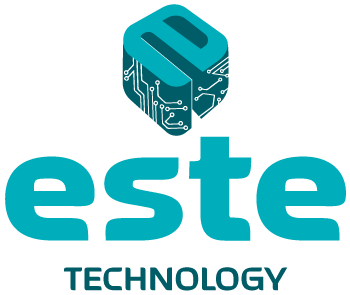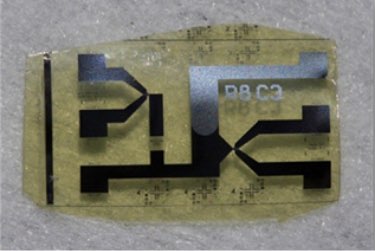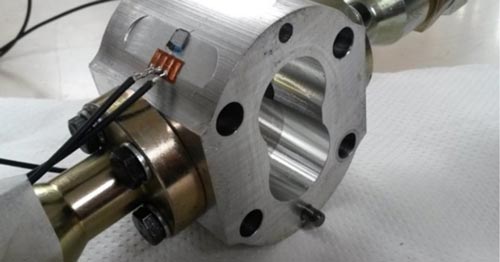NANOMEMS-X is an industrial research project presented by IMAMOTER – C.N.R. and approved in the “Call for strategic industrial research projects targeting the priority areas of the smart specialisation strategy” (DGR 774/2015), within the framework of POR FESR EMILIA-ROMAGNA 2014/2020 Axis 1 Action 1.2.2
The project concerns the realisation of new, high sensitivity Strain sensors with a broader range of measurement, which will allow for the creation of innovative applications capable of giving a competitive advantage to both machine manufacturers and mechatronic component manufacturers.
E.S.T.E. srl has been designated to develop a part of the project in collaboration with MIST E-R and IMAMOTER CNR.
In order to cover a wide range of applications, these sensors will be made using two different technologies, one of a MEMS type, and the other based on elastic nanocomposites. The innovative nature of the components and their functional principles allow for the creation of highly sensitive sensors, as well as the development of products that cannot be manufactured using traditional technologies, as they’re all covered by worldwide patents. The project entails the application of Strain Sensors to rigid supports for the realisation of stress, strain, force, torque and pressure sensors on mechanical equipment, in positions where traditional technologies would not be able to be utilised. The same devices will be used to create non-invasive pressure sensors, or rather sensors that do not require direct contact with the fluid, resulting in a new class of smart components for the hydraulics sector, in which the Emilia Romagna region boasts considerable expertise.










